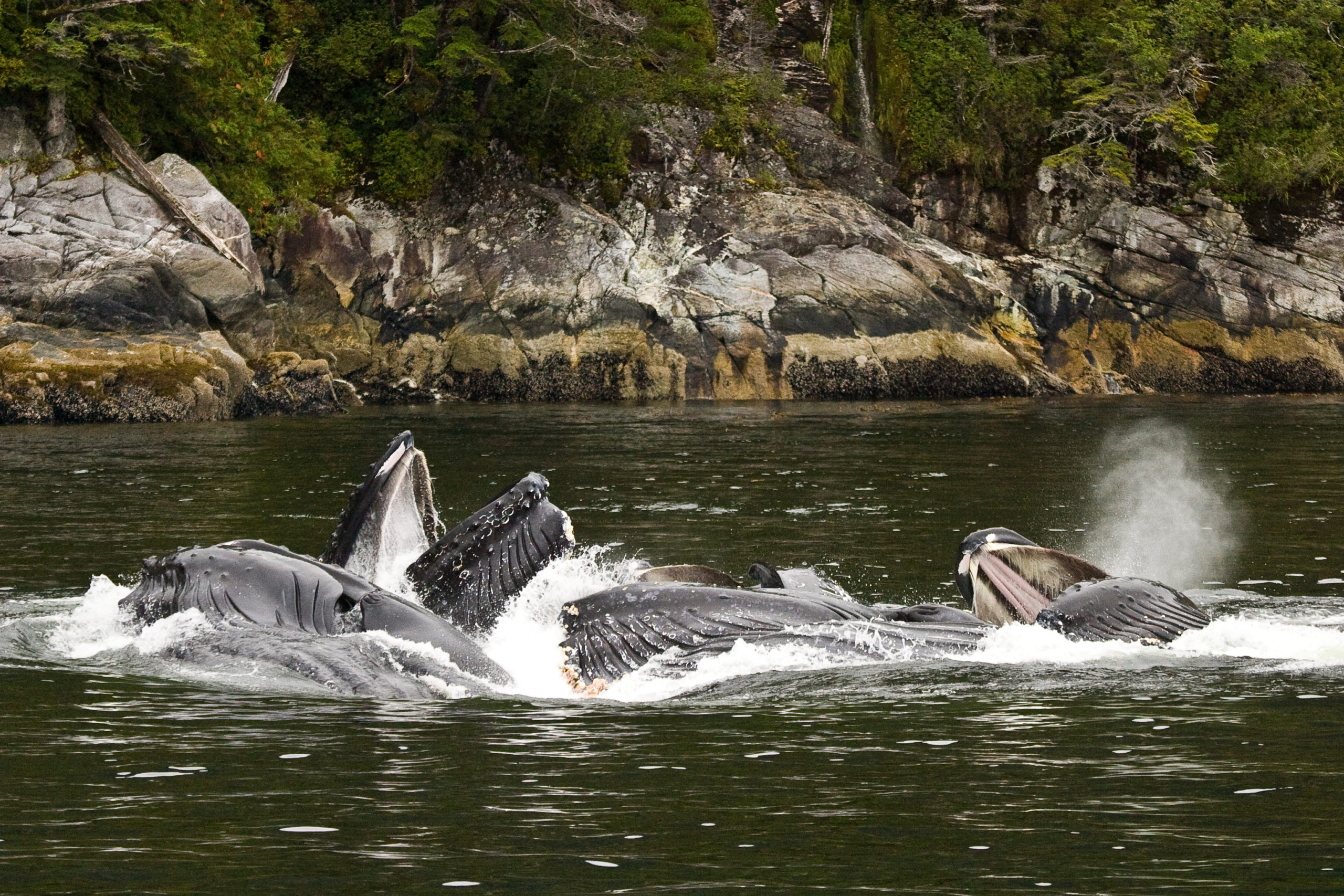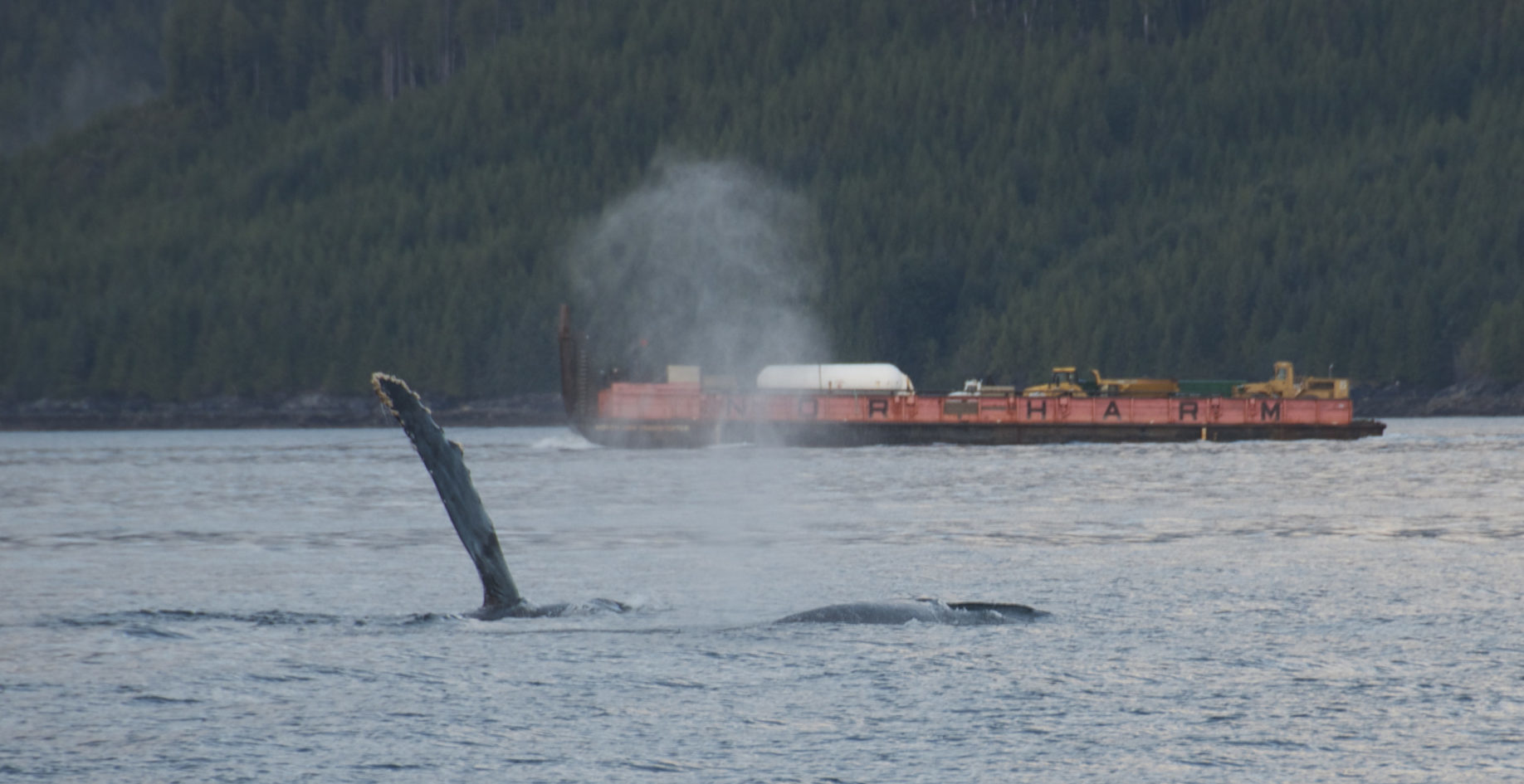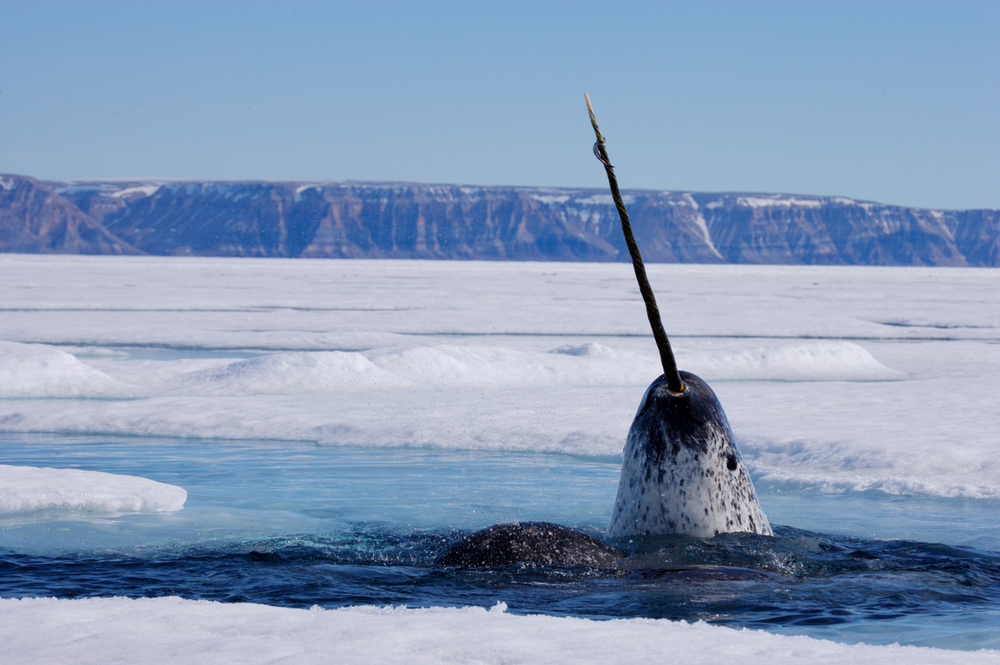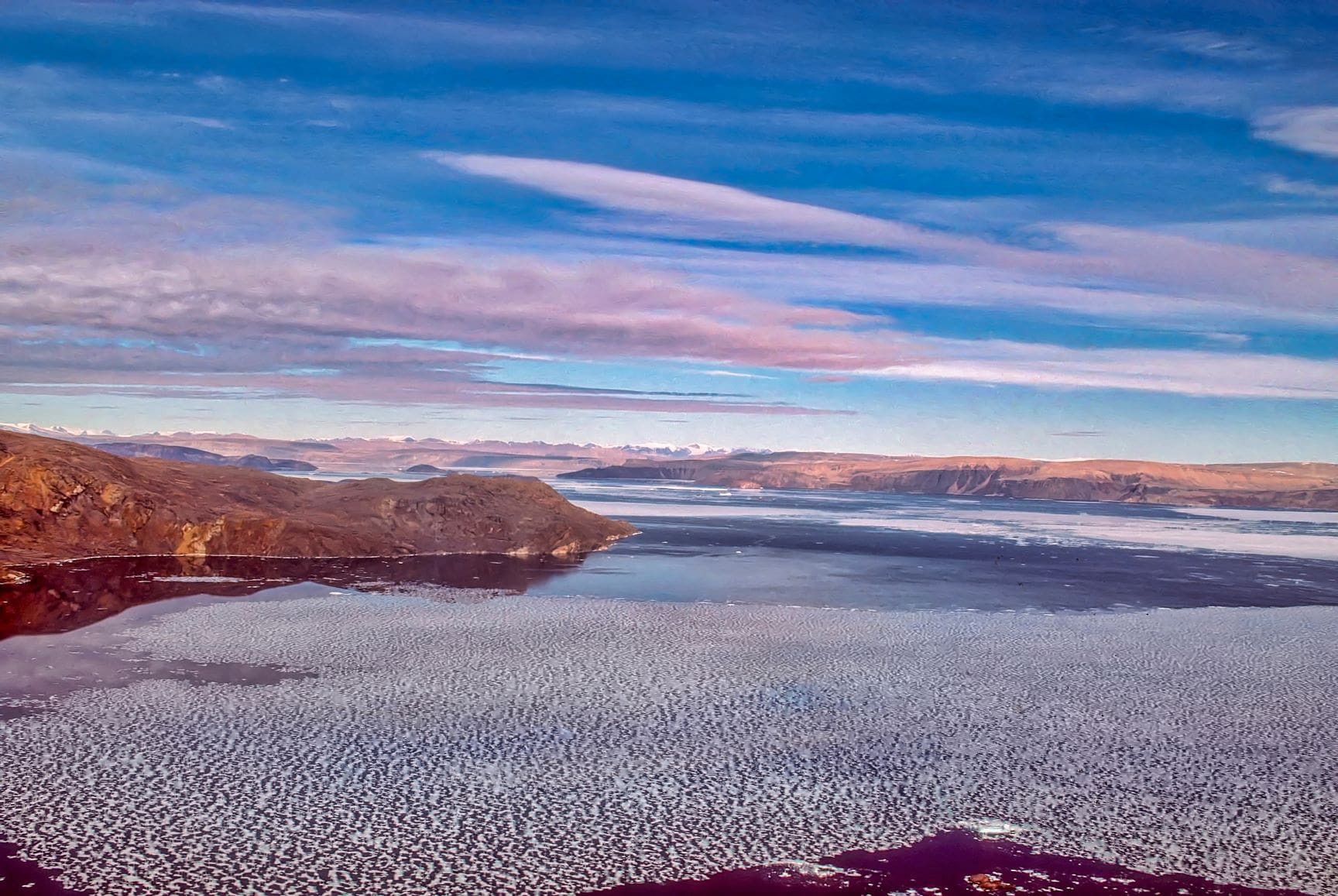Marine Protected Areas need to be networked to work (because sea life doesn’t stay still)
In the face of a changing climate, solutions exist to help slow the global decline of biodiversity — but they require thoughtful planning and strong partnerships. IMPAC5, the fifth International Marine Protected Areas Congress currently happening in Vancouver, will help shape how Canada and the world plans and implements 30×30, their newly signed commitment to protect 30 per cent of maritime zones by 2030.
It is essential that we get it right, including the need for MPA networks.

According to the Department of Fisheries and Oceans, 14.66% of Canada’s marine territory (842,821 square kilometres) is currently protected and the federal government has two targets in sight: a domestic commitment to conserve 25 per cent of marine and coastal areas by 2025 and an international agreement signed at the COP15 biodiversity summit in Montreal to reach 30 per cent protection by 2030. This means Canada has just seven years to more than double its protected and conserved ocean areas.
However, rushing to protect large areas in remote, offshore areas where there are no conflicts with human activities in order to plainly meet these targets without proper planning could have unintended consequences.

To be effective, MPAs and MPA networks have to be deliberately planned to protect the full range of biodiversity in a region. In addition, designating large protected and conserved areas without putting effective monitoring and enforcement measures in place will undermine the social and environmental goals that these targets are meant to support.
WWF-Canada supports a coordinated approach to marine conservation planning across Canada, including a well thought-out marine protected area network.
But what exactly would this look like?
Species move freely between ecosystems, a concept called ecological connectivity. This is essential for maintaining healthy ecosystems — especially in marine environments because marine species can travel large distances to carry out life processes, such as reproduction, feeding and migration — and why protected areas need to be connected through networks.
MPA networks should conserve key species and functions, a full range of biodiversity, and carbon sinks. If properly designed, marine protected area networks can provide ecological, social and economic benefits to entire regions, including outside the boundaries of the MPAs that comprise the network.
Connected networks of marine protected areas are also to provide ecologically connected refuges for marine species, which can help slow biodiversity loss and combat the effects of climate change as their ranges shift in reaction to warming waters.

(The Last Ice Area, for instance, is an area above Nunavut and Greenland where multiyear sea ice is expected to persist the longest. MPAs in the region, like Tuvaijuittuq and Tallurutiup Imanga, have been designed to provide future climate refuges for ice-dependent species as they migrate further north.)
The ecological benefits include providing habitat for critical life stages like mating, birthing and raising young, protecting migration corridors, contributing to the recovery and restoration of species and habitats, and increasing resilience in the face of climate change.
The social and economic benefits, on the other hand, include expanding our knowledge of marine ecosystems and ensuring a stable resource base for sustainable activities, such as tourism and recreation. Marine protected area networks also contribute to sustainable fisheries by increasing harvest stocks and protect historical and contemporary culturally significant sites, including ones important to Indigenous communities.
The government of Canada must look to Indigenous communities for leadership on how to design protected area networks to meet these goals. Indigenous Protected and Conserved Areas, Inuit Protected and Managed Areas, and programs such as Indigenous Guardians must be the core of conservation planning in Canada.
And this is starting to happen. On Feb. 6, 2023, after years of work by First Nations, provincial, and federal governments, an action plan for a network of MPAs in the Northern Shelf Bioregion was announced at IMPAC5. This Indigenous-led and collaboratively developed effort will double coverage of MPAs in this 100,000-square-kilometre region, also known as the Great Bear Sea, to 30 per cent. It is a groundbreaking model for collaborative governance and will lead to the creation of Canada’s first-ever planned MPA network.

WWF-Canada advocates for the creation of conservation areas centered around Indigenous knowledge, guidance, priorities and experience across the country. With that in mind, WWF-Canada created CanPAC (Canadian Arctic Marine Priority Areas for Conservation), a tool to help model a marine protected area network in the Canadian Eastern Arctic. CanPAC pulls together ecological information from a vast number of different sources to support Arctic marine planning.
The CanPAC tool demonstrates how local, Indigenous and scientific ecological knowledge can inform a robust marine network planning exercise that can support resilient ecosystems and aid in the fight against climate change and biodiversity loss.
Using tools like CanPAC, Canada can work towards establishing a thoughtfully designed marine protected area network across all three oceans to ensure that wildlife species are protected throughout their range.

